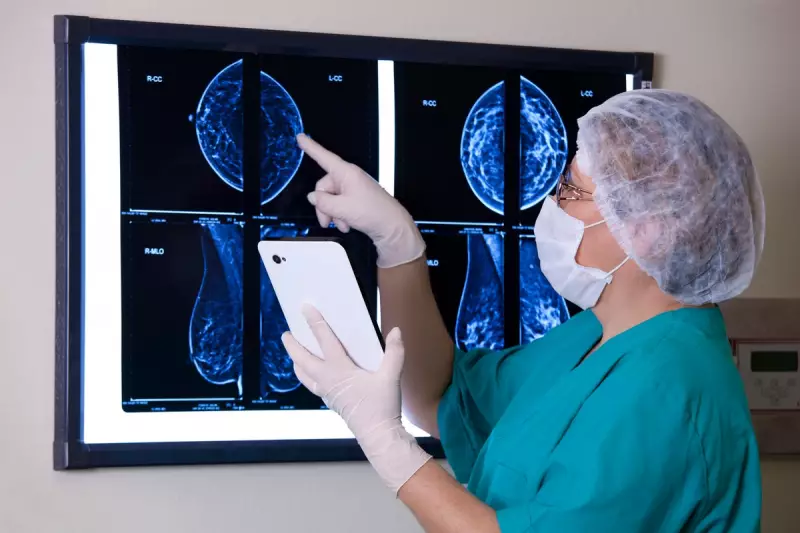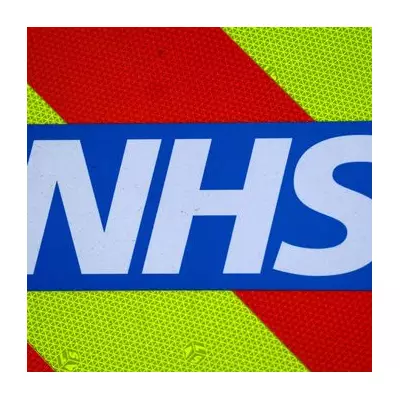
Women with dense breast tissue face a double-edged sword when it comes to breast cancer - not only are they at higher risk of developing the disease, but their chances of having it detected through routine screening are significantly lower, according to groundbreaking research.
The Hidden Danger in Plain Sight
Breast density has emerged as one of the most critical yet under-discussed factors in breast cancer risk assessment. Dense breast tissue, which appears white on mammograms, can mask tumours that also appear white, creating a camouflage effect that allows cancers to go undetected.
What the Research Reveals
Recent studies have shown that women with the highest breast density levels are:
- Four to six times more likely to develop breast cancer
- More likely to have cancers missed during routine mammography screening
- At risk of having larger, more advanced tumours by the time cancer is detected
Why Density Matters More Than You Think
Breast density isn't something women can feel through self-examination - it can only be determined through mammography. This invisible factor affects nearly half of all women undergoing screening, yet many remain unaware of their own breast density status and what it means for their health.
The Screening Challenge
Traditional mammography struggles with dense breast tissue because both dense tissue and tumours appear as white areas on the scan. This creates what radiologists call a "masking effect," where potentially life-threatening cancers can hide in plain sight.
Dr Catherine Babb, clinical lead for the NHS Breast Screening Programme, explains: "For women with dense breasts, mammography becomes like looking for a snowball in a snowstorm. The very tissue that should be protecting them is actually making detection more difficult."
Taking Control of Your Breast Health
Experts are now calling for greater awareness and improved screening protocols for women with dense breasts. Here's what every woman should know:
- Ask about your density: Request information about your breast density status after your next mammogram
- Consider supplemental screening: Women with dense breasts may benefit from additional screening methods like ultrasound or MRI
- Know your risk factors: Understand that density is an independent risk factor, separate from family history
- Advocate for yourself: Be proactive in discussing screening options with your healthcare provider
The Future of Breast Screening
The medical community is increasingly recognising the importance of breast density in cancer risk assessment. Some countries have already implemented mandatory density reporting, ensuring women receive this crucial information following their mammograms.
As research continues to evolve, personalised screening approaches based on individual risk factors, including breast density, represent the future of breast cancer detection and prevention.





